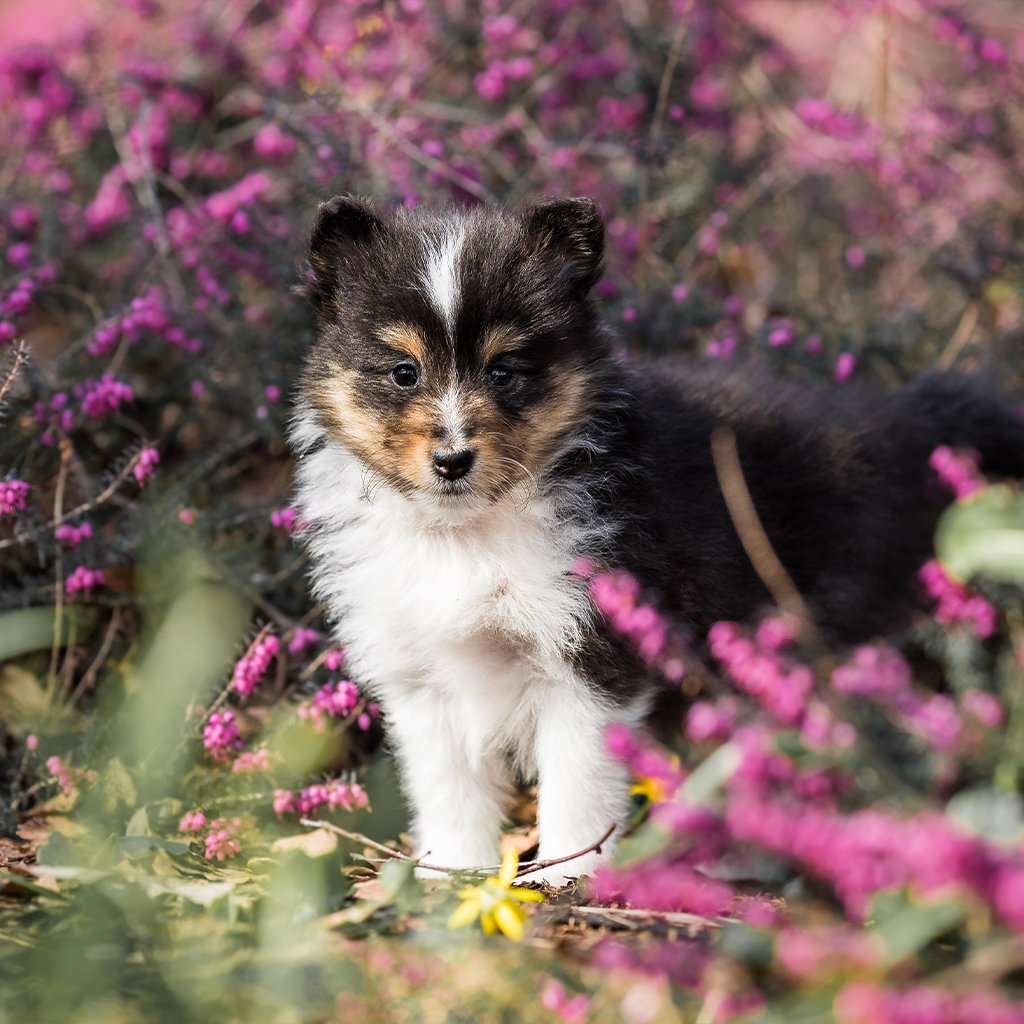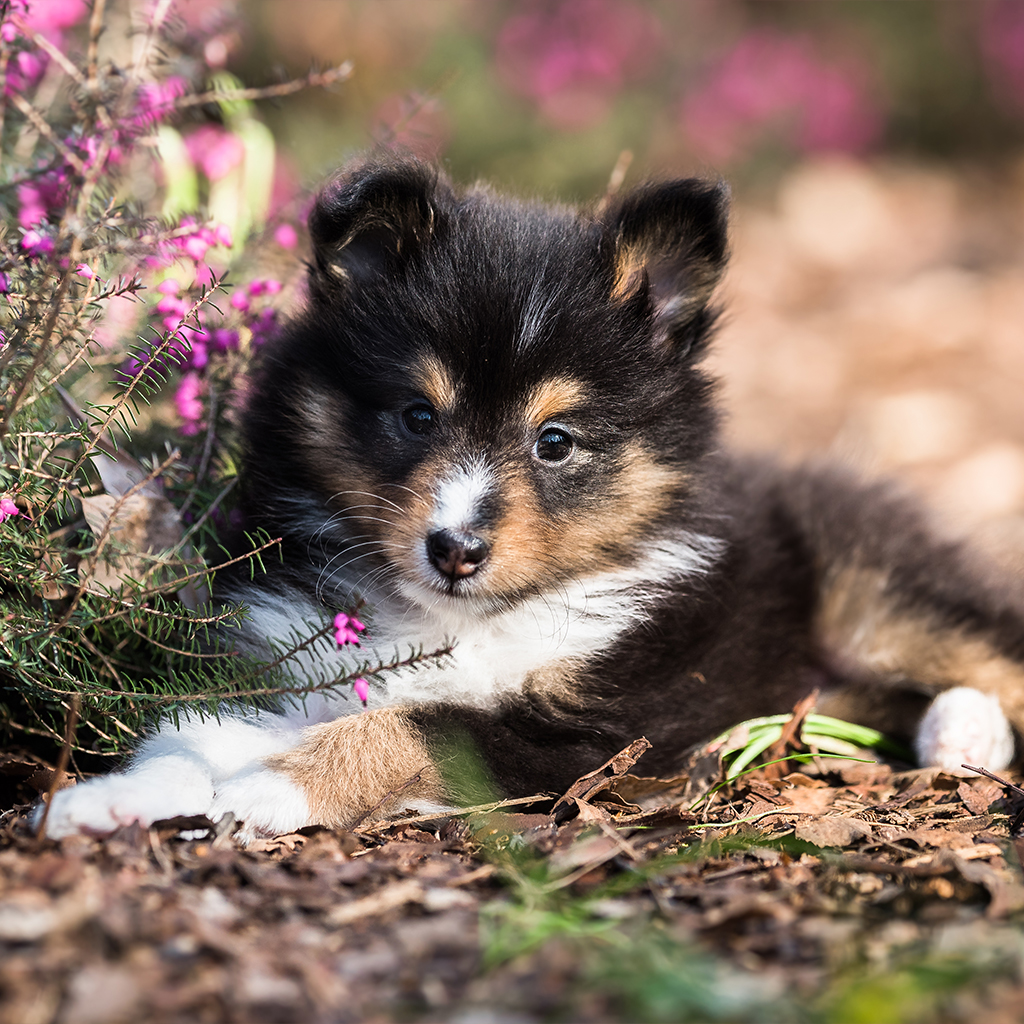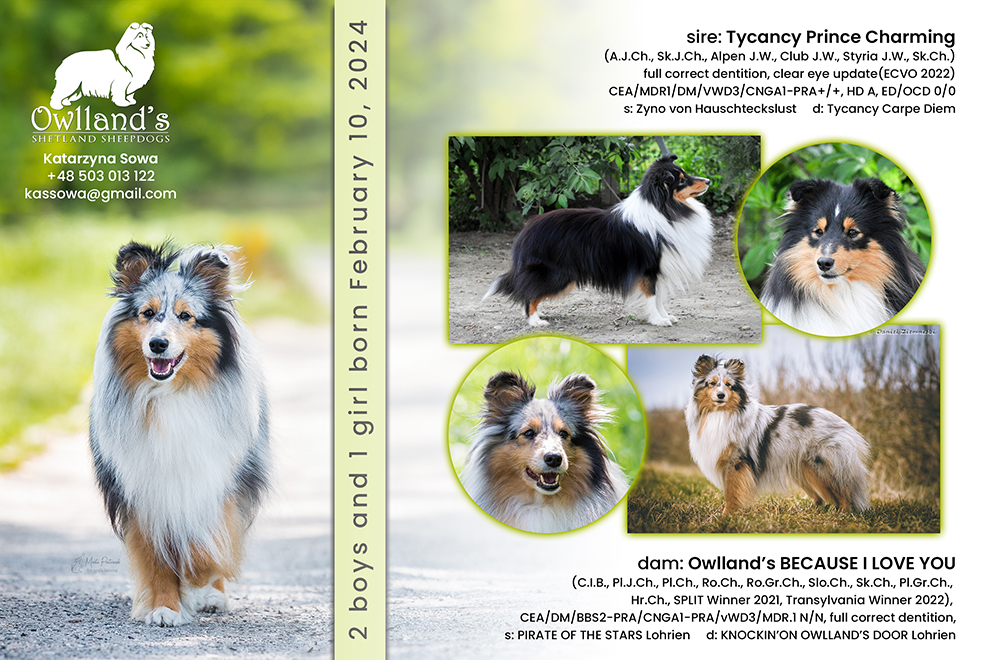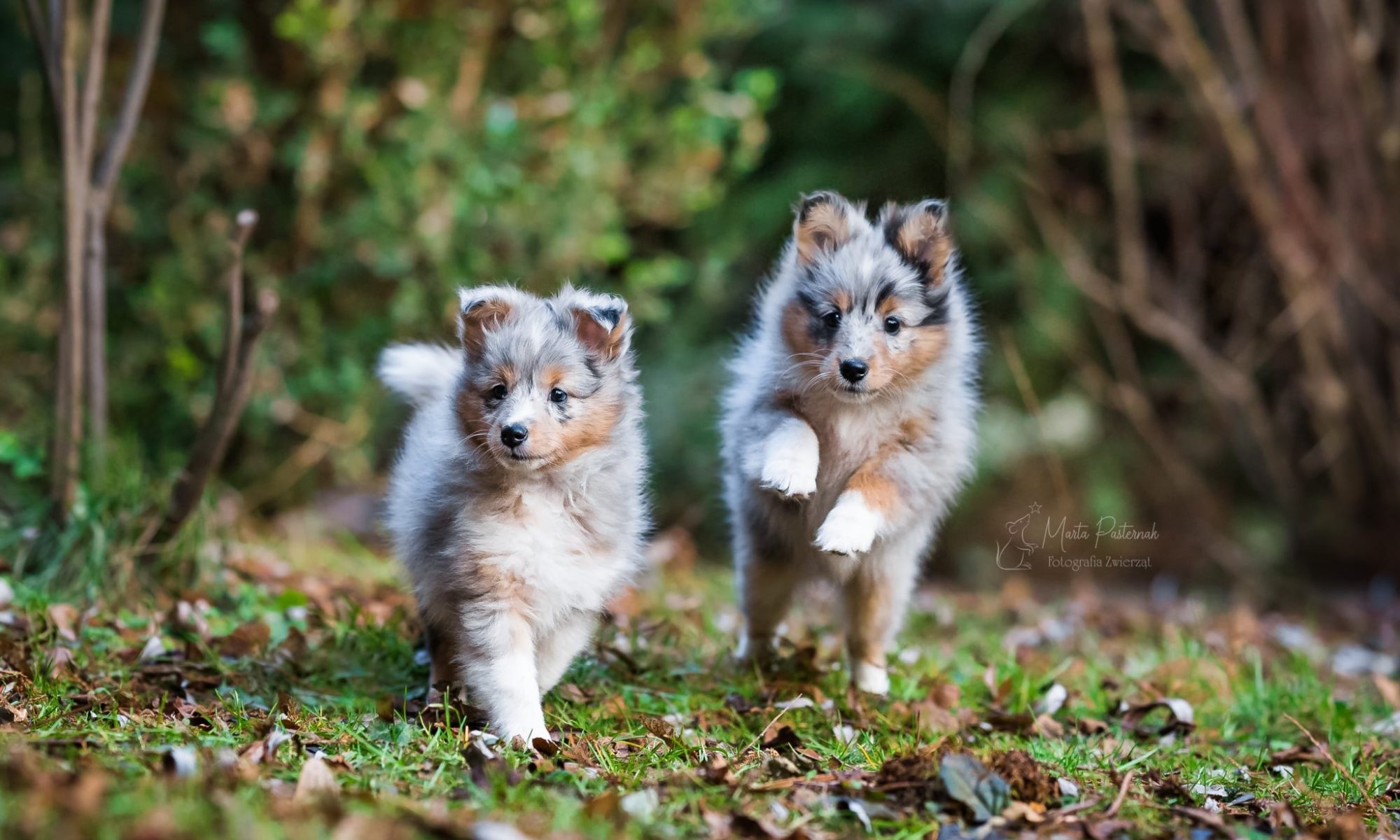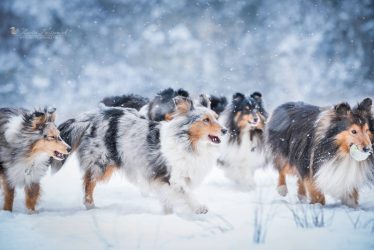SHETLAND SHEEPDOG
ORIGIN: Great Britain.
DATE OF PUBLICATION OF THE OFFICIAL VALID
STANDARD: 19.08.2013.
UTILIZATION: Companion dog and Sheepdog.
CLASSIFICATION F.C.I.: Group 1 Sheepdogs and Cattle
Dogs.
Section 1 Sheepdogs
Without working trial.
GENERAL APPEARANCE: Small, long-haired working dog of
great beauty, free from cloddiness and coarseness, action lithe and
graceful. Outline symmetrical so that no part appears out of
proportion to whole. Abundant coat, mane and frill, shapeliness of
head and sweetness of expression combine to present the ideal.
IMPORTANT PROPORTIONS:
Skull and muzzle of equal length, dividing point inner corner of eye.
Slightly longer from point of shoulder to bottom of croup than height
at withers.
BEHAVIOUR/TEMPERAMENT: Alert, gentle, intelligent, strong
and active. Affectionate and responsive to his owner, reserved
towards strangers, never nervous.
HEAD: Head refined and elegant with no exaggerations; when
viewed from top or side a long, blunt wedge, tapering from ear to
nose. Width and depth of skull in proportion to length of skull and
muzzle. Whole to be considered in connection with size of dog.
CRANIAL REGION:
Skull: Flat, moderately wide between ears, with no prominence of
occipital bone. Topline of skull parallel to topline of muzzle.
Stop: Slight but definite. St-FCI n°88/23.08.2013
FACIAL REGION: The characteristic expression is obtained by the
perfect balance and combination of skull and foreface, shape, colour
and placement of eyes, correct position and carriage of ears.
Nose: Black.
Lips: Tight with black rims.
Jaws/Teeth: Jaws level, clean, strong with well-developed underjaw.
Teeth sound with a perfect, regular and complete scissor bite, i.e.
upper teeth closely overlapping lower teeth and set square to the
jaws. A full complement of 42 properly placed teeth highly desired.
Cheeks: Flat, merging smoothly into well rounded muzzle.
EYES: Medium size obliquely set, almond-shape with black rims.
Dark brown except in the case of merles, where one or both may be
blue or blue flecked.
EARS: Small, moderately wide at base, placed fairly close together
on top of skull. In repose, thrown back; when alert brought forward
and carried semi-erect with tips falling forward.
NECK: Muscular, well arched, of sufficient length to carry head
proudly.
BODY:
Back: Level, with graceful sweep over loins.
Croup: Sloping gradually to rear.
Chest: Deep, reaching to point of elbow. Ribs well sprung, tapering
at lower half to allow free play of forelegs and shoulders.
TAIL: Set low; tapering bone reaches to at least hock; with abundant
hair and slight upward sweep. May be slightly raised when moving
but never over level of back. Never kinked.St-FCI n°88/23.08.2013
LIMBS
FOREQUARTERS:
General appearance: Forelegs straight when viewed from front,
muscular and clean with strong, but not heavy, bone.
Shoulder: very well laid back. At withers, separated only by
vertebrae, but blades sloping outwards to accommodate desired
spring of ribs. Shoulder joint well angled.
Upper arm: Approximately equal in length with shoulder blade.
Elbow: Equidistant from ground and withers.
Metacarpus (Pastern): Strong and flexible.
Forefeet: Oval, soles well padded, toes arched and close together.
HINDQUARTERS:
Thigh: Broad and muscular, thigh bones set into pelvis at right
angles.
Stifle: Joint has distinct angle.
Hock joint: Joint clean cut, angular, well let down with strong bone.
Hocks straight when viewed from behind.
Hind feet: Oval, soles well padded, toes arched and close together.
GAIT/MOVEMENT: Lithe, smooth and graceful with drive from
hindquarters, covering the maximum amount of ground with the
minimum of effort. Pacing, plaiting, rolling, or stiff, stilted, up and
down movement highly undesirable.
COAT
Hair: Double; outer coat of long hair, harsh-textured and straight.
Undercoat soft, short and close. Mane and frill very abundant,
forelegs well feathered. Hindlegs above hocks profusely covered
with hair, below hocks fairly smooth. Face smooth. The coat should
fit the body and not dominate or detract from the outline of the dog.
Smooth-coated specimens highly undesirable.St-FCI n°88/23.08.2013
Colour:
Sable: clear or shaded, any colour from pale gold to deep mahogany,
in its shade, rich in tone. Wolf-sable and grey undesirable.
Tricolour: intense black on body, rich tan markings preferred.
Blue Merle: clear silvery blue, splashed and marbled with black.
Rich tan marking preferred but absence not penalised. Heavy black
markings, slate or rusty tinge in either top or undercoat highly
undesirable; general effect must be blue.
Black and White, and Black and Tan: also recognised colours.
White markings may appear (except on black and tan) in blaze, collar
and chest, frill, legs and tip of tail. All or some white markings are
preferred (except on black and tan) but absence of these markings
not to be penalised. Patches of white on body highly undesirable.
SIZE:
Ideal height at withers: Males 37 cm
Females 35,5 cm
More than 2 1/2 cm above or below these
heights highly undesirable.
FAULTS: Any departure from the foregoing points should be
considered a fault and the seriousness with which the fault should be
regarded should be in exact proportion to its degree and its effect
upon the health and welfare of the dog.
DISQUALIFYING FAULTS:
• Aggressive or overly shy.
• Any dog clearly showing physical or behavioural abnormalities.
N.B:
• Male animals should have two apparently normal testicles
fully descended into the scrotum.
• Only functionally and clinically healthy dogs, with breed
typical conformation, should be used for breeding.
The latest amendments are in bold characters.
